The Cold Bloods: Draft Horses and the Art of Taking It Slow
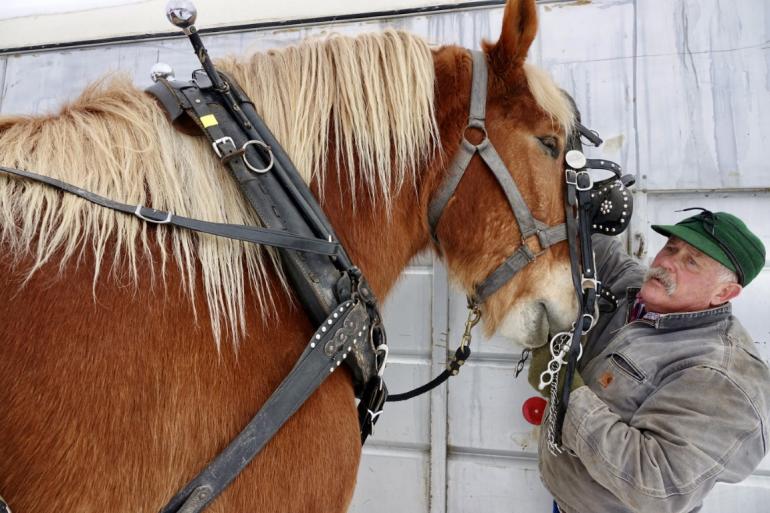
Photo by Hallie Zolynski
I grew up around horses and I was taught two very important rules when around them. One, don't walk behind them because you can and will get kicked. Two, they are unpredictable, so always be on guard. So when I was asked to write an article on draft horses in Montana, I was hesitant. The horses I have always been around spook easy, could be ill-tempered and actually chased our neighbor's dog out of our fields. Draft horses, in my opinion, were this combination with the addition of weighing around 2,500 pounds.
Kenn McCarty, who, along with his wife Susan, owns Live Oak Belgians outside Saint Ignatius in the Mission Valley, told me to bring my skis so I could skijor with the horses. Let me say I had never skijored, nor did being dragged behind a horse the size of my truck sound appealing. But I brought them all the same.
My directions to their place from Kenn were pure Montana: "Crest a hill, look for bison, turn left and keep going over a little bridge, look for two mailboxes below two trees and you'll see our driveway."
I was greeted by Susan and their two dogs, Daisy and Gryphon. As we sat down for lunch, Kenn recounted the history of the draft horse.
Draft horses fall into two categories. The first is the working class. Any horse, from a pony to your saddle horse used to pull things, is in this sense a draft horse. Draft means "to pull."
Then there are the purebreds. There are 30 breeds of draft horses worldwide, but only eight made it to North America. During the Industrial Revolution, when everybody switched from horsepower to machine power, draft horses became food. These breeds became so neglected that several almost disappeared. It wasn't until the late 1940s and ’50s that interest in the animal started to pick up, and a new generation of breeders revived some of the bloodlines.
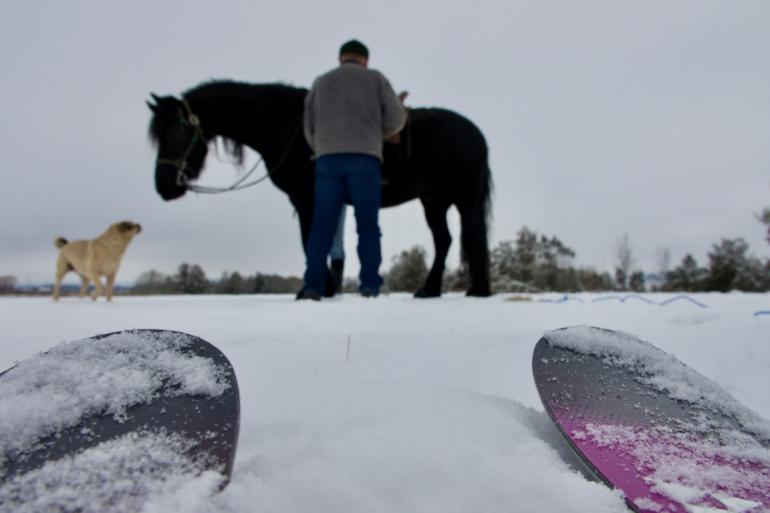
Photo by Hallie Zolynski
Kenn then told me about what he calls the five F's of draft horse history, which are farming, freight hauling, fighting (firefighting and warfare), forestry (logging), and what he likes to call fanfare or for pleasantry.
I had to know how they both got started down this path of owning and working draft horses. Kenn told me he used to work as a seasonal firefighter in the southern Sierra mountains, and Susan showed up at the station in 1984. Susan was an intern from Utah State, and Kenn's crew finished the last section of the Pacific Crest Trail in the southern Sierra. The BLM brought Susan in to be the first mounted patrol person for that section of the trail. He had some experience as a young kid with saddle horses and Susan had no experience.
This was where Kenn told me what really happened. Ever the showman, he began with a "Picture this if you will…."
Kenn had been there longer than any other man out there, and, smitten, he knew what he had to do to win Susan over. He went to a friend of his and asked to borrow a horse for the summer.Kenn showed up at the station with a patrol horse for Susan, and a pair of boots. Susan said, "He gained favor for that."
They eventually both went their separate ways, but 16 years later, they met again and have been working with draft horses ever since. It was at this point that Kenn let me know the rest of the day's plan: skijoring would be first - get ready.
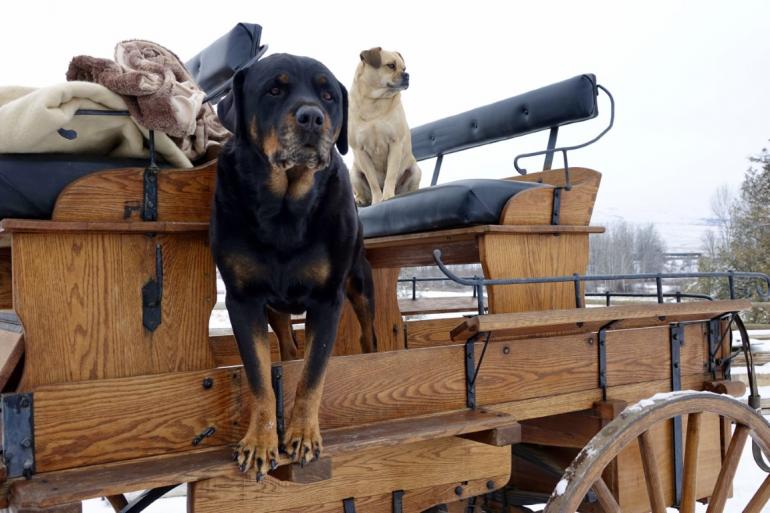
Photo by Hallie Zolynski
As I walked outside and began to get my ski boots on, I heard him telling Susan that they would use Feike the Friesian so that I would not be pulled too fast. This concerned me a bit. As he began to pull me, I kept letting him know this was my first time and to take it slow. He did, at first. He pulled me around the field and picked up speed. I did my best to stay upright as we flew by Susan, smiling and snapping photos. I tried to look like a natural while simultaneously realizing how hard skijoring is.
Next was a ride in the wagons, which allowed me to see the process of hitching them up. I took a wide berth around Max, who weighs in at around 2,500 pounds. Susan and Kenn, however, walked right behind him and under him to get his bridle and harness on. Max didn’t move a muscle, every bit the gentle giant.
I asked Kenn about this, and he said that horses will generally fall into a couple of categories: the hot bloods like Arabians and the cold bloods like the draft horse. The cold bloods, naturally, are used for doing most of the work. They are unlikely to bolt, gentle and loyal. In fact, cold only applies in that they are serene and calm animals, not because they are unaffectionate. I found myself starting to let my guard down after we'd hitched the horses up to the wagons and set off down the road.
I asked them what their plans were for their draft horses, since it seems that here in Montana the use of the draft horse is fading. Draft horses are still used on some ranches, where they harvest hay up by Lincoln, Montana; the Amish use them daily; and they can be seen working at the Grant Kohrs Ranch outside Deer Lodge, but they are for the most part disappearing.
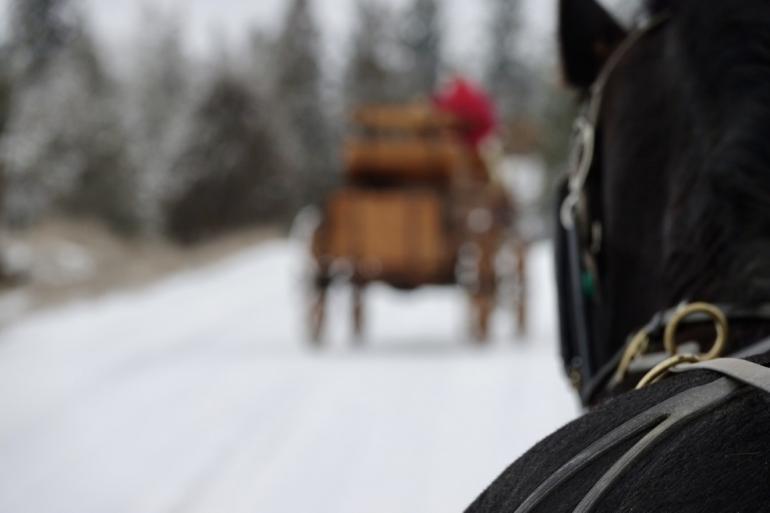
Photo by Hallie Zolynski
Both of them said they want to offer the opportunity to utilize their draft horses in as many of the historical ways as possible and to keep that alive here in Montana. Kenn told me that he has been in contact with BLM, Forest Service, and Fish, Wildlife and Parks to try and get them to use draft horses for logging because it is less damaging to the environment than heavy machinery. But because it takes longer to use draft horses, they are met with some resistance. It seems that, for logging as for the rest of the modern world, time is money. So in the meantime, they take people on wagon rides and help out by logging on private land for fire mitigation.
As they continue to try and bring back the slower way of life in the Mission Valley area, they are hoping that the neighboring ranches and farms will want to embrace the draft horse into their way of life while mindfully caring for the land surrounding them. They enjoy the slower means of life and travel and are hoping that in this ever-changing fast-paced environment, more people will want to also take that slower way as well. I admitted that it sounded lovely when they described taking the horses out on covered wagon camping trips, sometimes for up to a week or more.
As for myself, I learned that not all horses are ill-tempered, and that by taking the slower path, your mind is able to wander. You see your landscape with a clearer mind and notice more than you would if you were tearing down the interstate at eighty MPH, and for that I'll always be grateful.
Kenn and Susan treat their draft horses like their own family, and it was a pleasure to be around them and learn from them for a couple of days. But above all, I want to thank them for teaching me to let my guard down around these enormous but tender creatures.
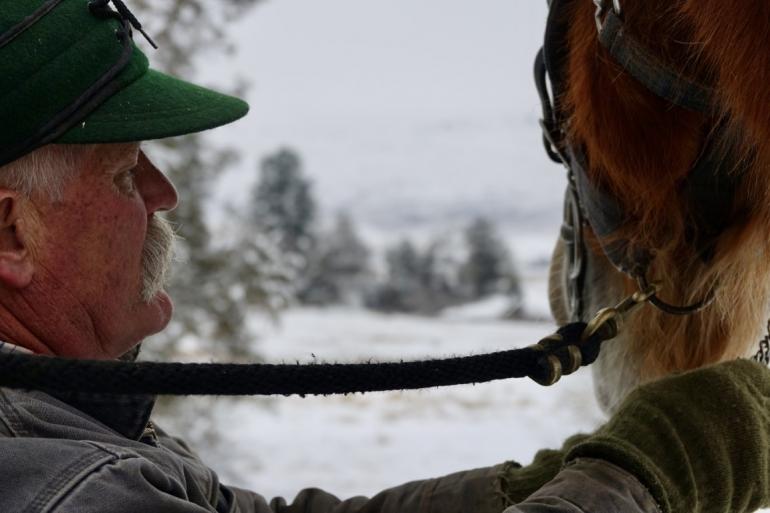
Photo by Hallie Zolynski







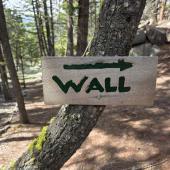
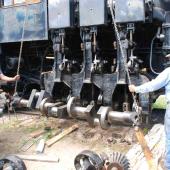

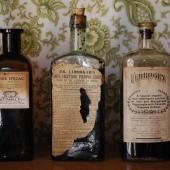
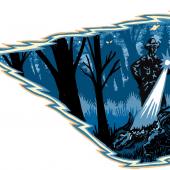
- Reply
Permalink